1 professionals
Abnormal wound healing: Clinic and treatment
Abnormal wound healing: Clinic and treatment
URL copied
Medical editor: Dr. Pierre Schneider, Dermatologist, Saint-Louis Hospital, France.
Related topics
Acute wound healing is the sum of cellular and molecular mechanisms involved in restoring the anatomical and functional integrity of the skin barrier.
The normal wound healing process follows four main stages beginning immediately after the wound and continuing until complete healing4:
The inflammatory phase can be subdivided into 2 phases:
It begins at the end of the coagulation phase:
It begins when the immune response is established, about 3 days post-injury and up to about 2 weeks afterwards. It is marked by:
Healing is complete when the skin and other tissues involved in the injury have returned to their original anatomical appearance, function and structure.
Many factors, both local and systemic, can interfere with the normal course of wound healing5:
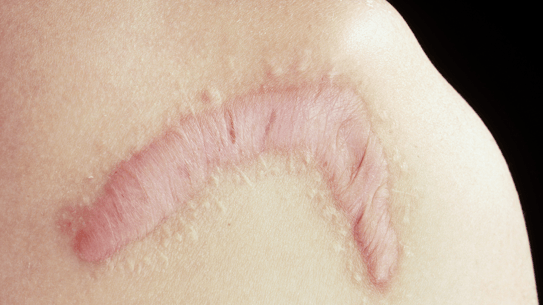
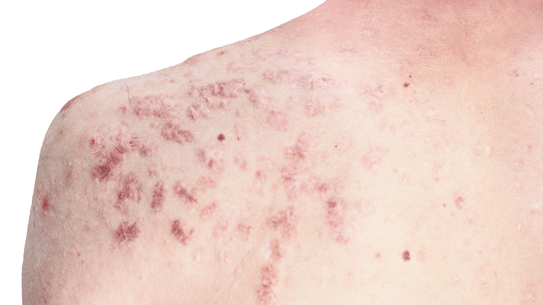

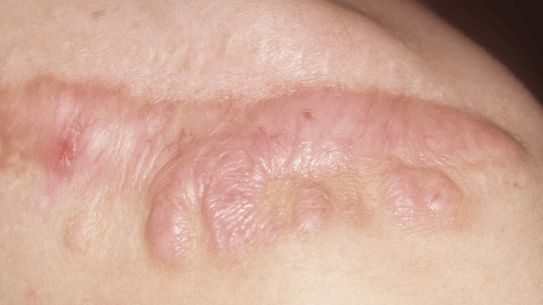



In the months following wound closure:
Which dressings are suitable for covering a wound waiting to heal after suturing?
What are the pharmacological criteria of a healing cream?
In the case of umbilical cord scars: How long does the treatment last before the cord falls off?
What can be done in case of an abnormal umbilical cord healing?
For caesarean scars: staples or sutures, is one method better than the other in terms of healing?
When can palpate-roll be recommended on a Caesarean scar?


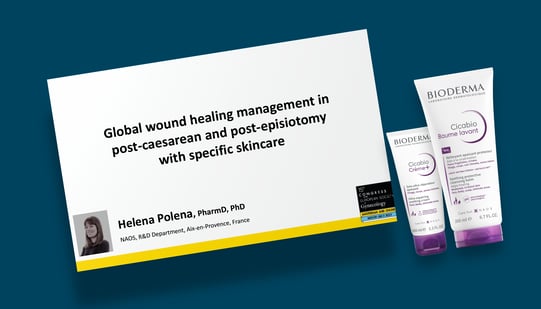
Global wound healing management in post-caesarean and post-episiotomy with specific skincare

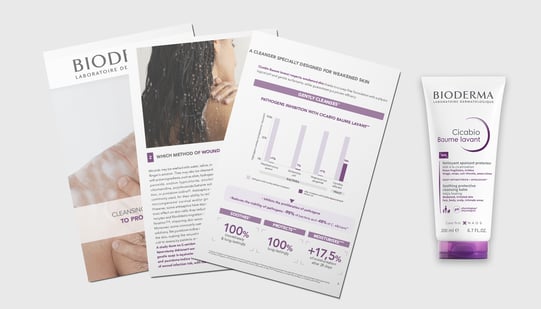
Cleansing of skin wound to promote healing

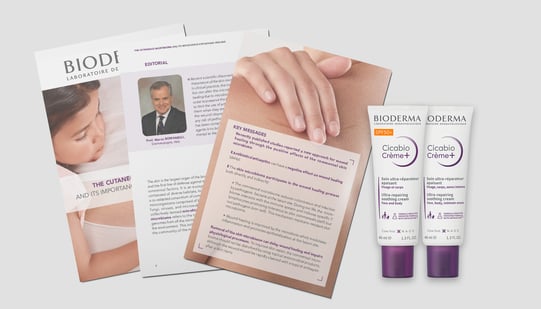
The cutaneous microbiome and its importance for wound healing
Create easily your professional account
I create my accountAccess exclusive business services unlimited
Access valuable features : audio listening & tools sharing with your patients
Access more than 150 product sheets, dedicated to professionals
